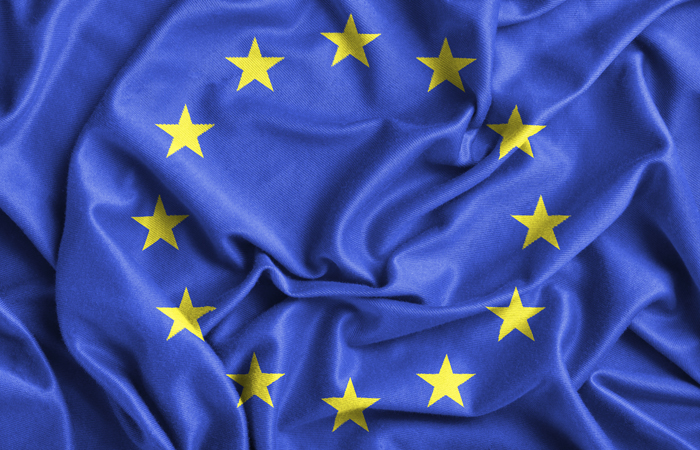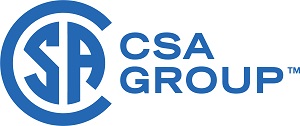The European Union Emissions Trading System applies to the following business activities:
- Combustion installations with a rated thermal input exceeding 20 megawatts e.g. operating boilers, electricity generators and combined heat and power (CHP) schemes
- Metal ore (including Sulphide ore) or sintering installation
- Iron and steel businesses
- Mineral oil refineries
- Coke Ovens
- The mineral industry (cement, glass, ceramics, lime production)
- Production of pulp from timber or other fibrous materials
- Paper and board with a production capacity greater than 20 tons per day
- Nitric acid production.

EU-ETS has three operational phases:
- Phase I (1 January 2005 to 31 December 2007) was an initial learning by doing phase and is now complete. This phase didn’t cover aviation activities.
- Phase II (1 January 2008 to 31 December 2012) included revised monitoring and reporting rules, more stringent emissions caps and additional combustion sources. Aviation activities were covered from 2010.
- Phase III (1 January 2013 to 31 December 2020) brings harmonised EU allocation methodologies and covers additional greenhouse gases and emission sources. Phase III for installations also allows eligible small emitters and hospitals to choose to be excluded from certain EU ETS obligations.
EU ETS PHASE III
The Greenhouse Gas Emissions Trading System Regulations 2012 require all installations that carry out regulated activities to hold a greenhouse gas emissions permit or an excluded installation emissions permit. Regulated activities are any of the activities listed in Annex I to the EU ETS Directive – To download a full copy of the EU-ETS legislation CLICK HERE
The conditions of these permits require installations to monitor and report emissions from 2013 onwards in accordance with the Monitoring and Reporting Regulation. The European Commission has published Phase III guidance to help you with monitoring and reporting, verification and changes to capacity and activity levels.
In addition to this, by the end of 2013 all EU-ETS verifiers are required to apply for accreditation to ISO 14065. Carbon Action delivers the necessary ISO 14064-3 GHG Verification Training for verifiers to meet the requirements to become accredited.
Carbon Action can assist organisations with completing their GHG Permitting applications for submission to the environmental protection agencies.
Contact us for more information on +44 207 397 8500 or Email us at info@carbonaction.co.uk.

Testimonials
Client Testimonials About Us
“The class participation was excellent and we all learned from each other’’
“A clear and enjoyable introduction to the processes and actions required to establish a robust corporate carbon footprint..”.
“A must have understanding on GHG inventory management remarkably delivered by Carbon Action professionals”
“Great course and excellent value! Rigorous and thorough – would not hesitate recommending it to colleagues”



